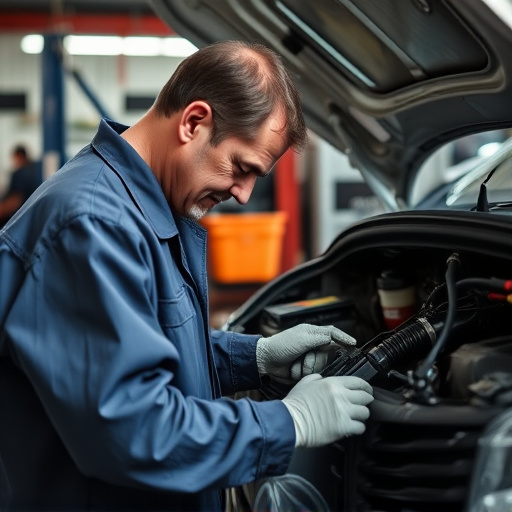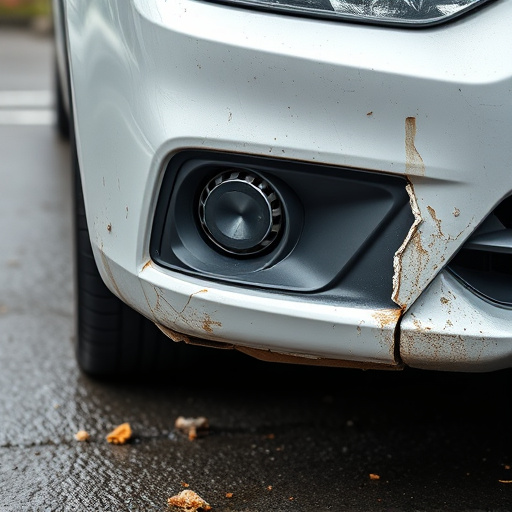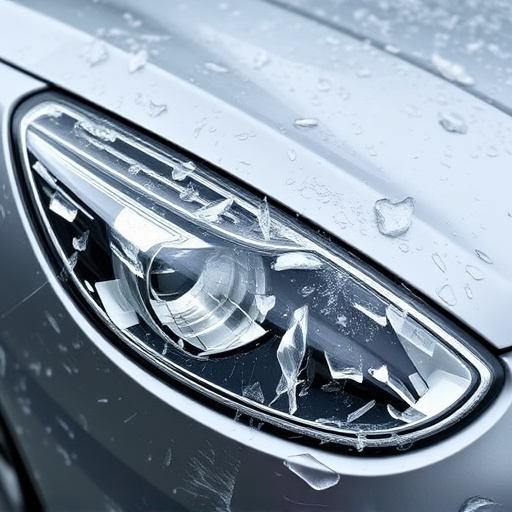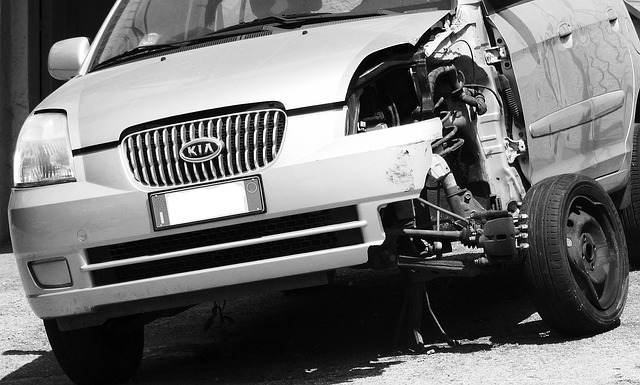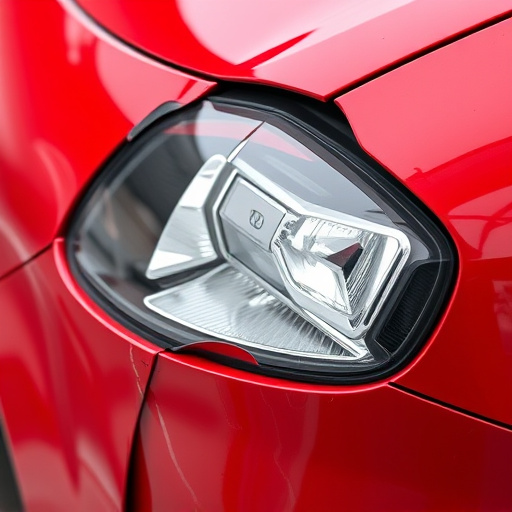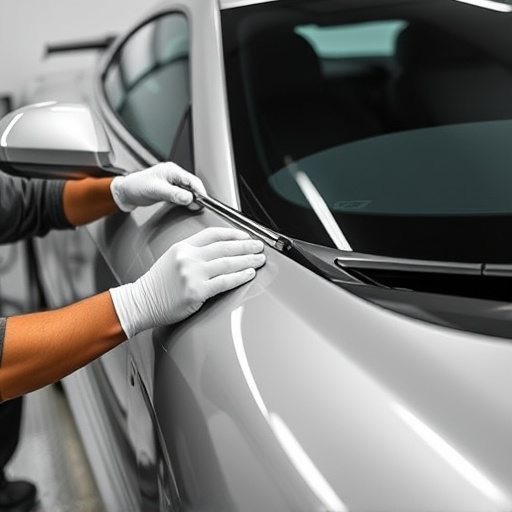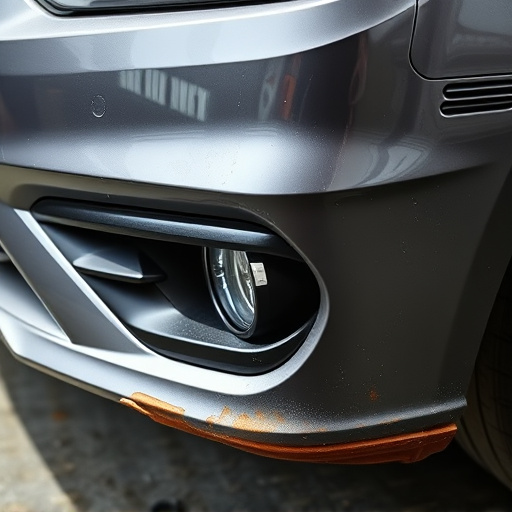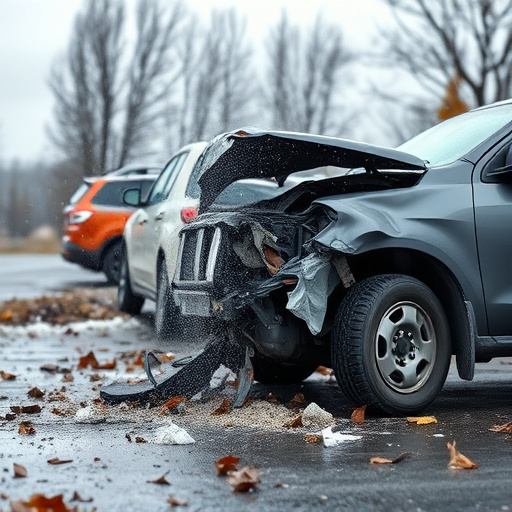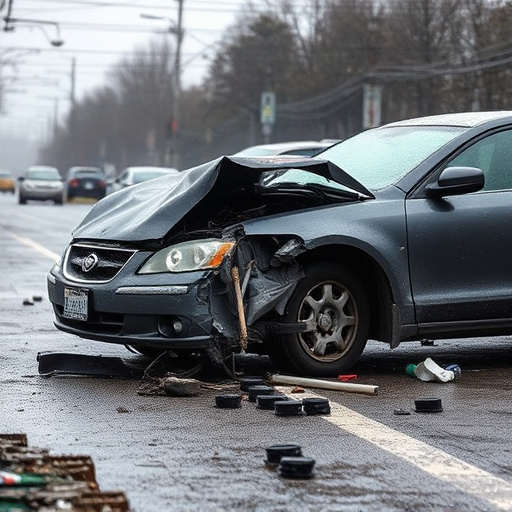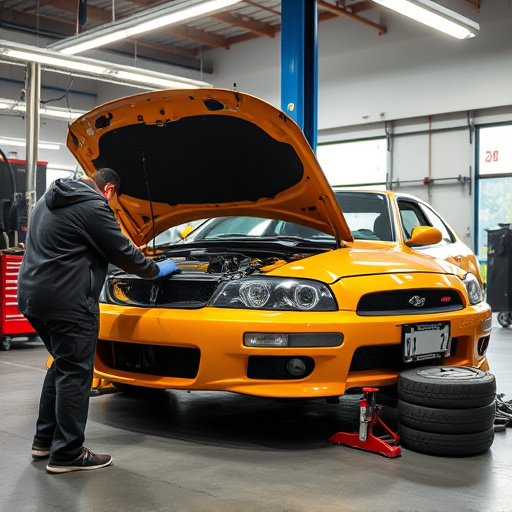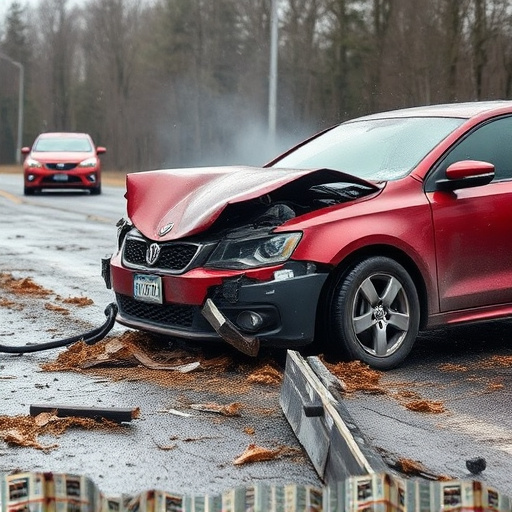Sun damage restoration is a growing eco-friendly industry addressing environmental consequences of untreated solar deterioration on buildings and vehicles. In automotive repair, sun damage appears as faded paint, cracked windshields, and discolored panels. The Green Approach uses non-toxic materials, water-based solutions, and renewable energy to restore surfaces without harmful chemicals or excessive waste. This not only benefits the environment but also creates a healthier work environment for employees in collision repair shops. By adopting eco-friendly practices, these shops minimize their ecological footprint, contribute to a healthier planet, and encourage sustainable mobility solutions.
Sun damage, often overlooked, can significantly harm our environment. This article explores what makes sun damage restoration environmentally friendly, delving into key practices that go beyond mere aesthetics. We’ll examine how understanding sun damage’s impact guides the green approach to restoration, highlighting long-term benefits for both nature and communities. By adopting eco-friendly practices, we can preserve biodiversity, reduce waste, and ensure sustainable landscapes, making sun damage restoration a truly holistic process.
- Understanding Sun Damage and Its Environmental Impact
- The Green Approach: Restoring Sun-Damaged Areas
- Long-Term Benefits: Eco-Friendly Practices in Action
Understanding Sun Damage and Its Environmental Impact
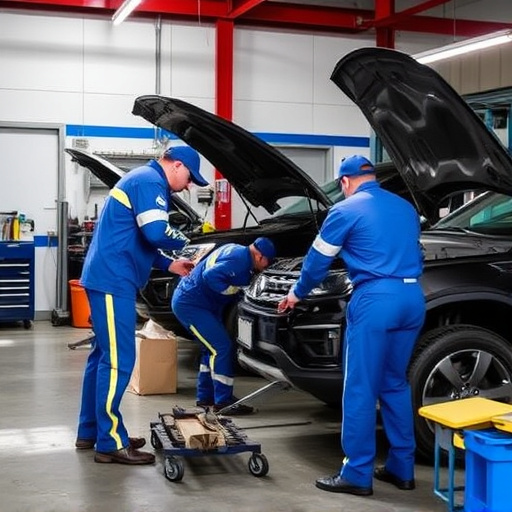
Sun damage, often overlooked, can have significant environmental consequences. When left untreated, sun-induced deterioration on various surfaces, from buildings to vehicles, contributes to a buildup of waste and pollution. In the case of a vehicle body shop or automotive repair centers, sun damage manifests as faded paint jobs, cracked windshields, and discolored panels—all of which can lead to increased scrap material if not handled properly. This not only creates a financial burden but also adds to environmental waste streams.
Understanding sun damage restoration, therefore, involves recognizing the need for eco-friendly solutions. Environmental-conscious practices in car dent repair or automotive repairs prioritize sustainable methods to mitigate these impacts. This includes using environmentally friendly materials, implementing efficient waste management systems, and adopting energy-saving techniques—all geared towards preserving both the planet’s resources and the longevity of restored items, whether it’s a damaged vehicle body or other affected surfaces.
The Green Approach: Restoring Sun-Damaged Areas
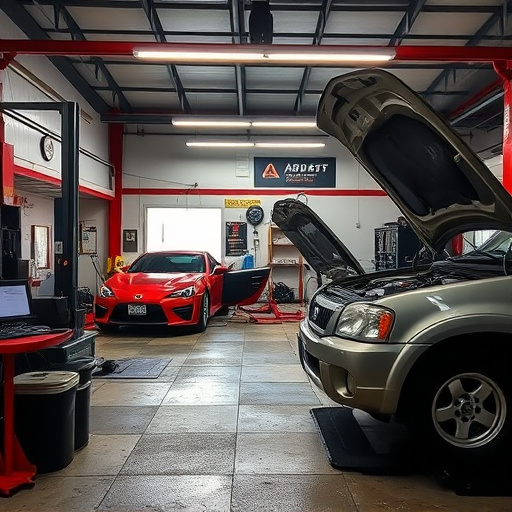
The Green Approach to sun damage restoration is a growing trend in the industry, offering a sustainable and environmentally conscious solution for repairing areas affected by intense sunlight. Instead of traditional methods that may involve harmful chemicals or excessive waste, this approach prioritizes eco-friendly practices. By utilizing natural materials and water-based solutions, professionals can effectively restore damaged surfaces without impacting the surrounding ecosystem.
This method involves careful selection of products and techniques, such as using non-toxic paints and coatings, biodegradable cleansers, and renewable energy sources for power generation. For instance, an automotive body shop specializing in sun damage restoration might employ advanced polishing techniques to remove discolored layers without generating toxic fumes, reducing the need for ventilation systems that consume significant energy. This not only minimizes environmental impact but also creates a healthier workspace for employees.
Long-Term Benefits: Eco-Friendly Practices in Action
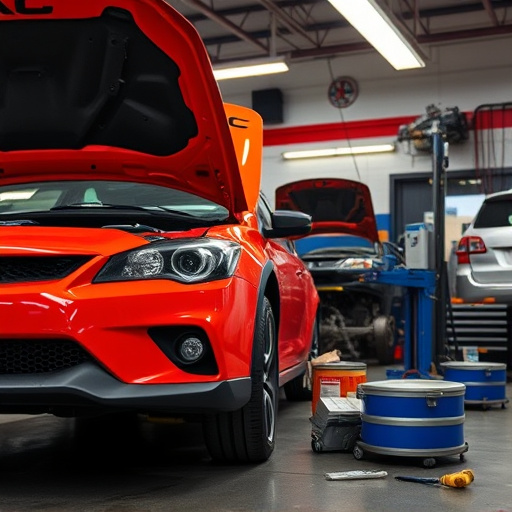
Sun damage restoration offers long-term benefits that extend far beyond cosmetic improvements. Eco-friendly practices employed in this process contribute to a healthier environment and sustainable future. By adopting green initiatives, collision repair shops and body shop services can minimize their ecological footprint. This includes using low-VOC (Volatile Organic Compound) paints and coatings, which reduce air pollution and improve indoor air quality. Additionally, recycling materials like plastic, metal, and fabric not only conserves natural resources but also minimizes waste ending up in landfills.
These environmentally friendly practices don’t just stop at material usage; they encompass the entire restoration process. Efficient energy management systems, water conservation techniques, and proper disposal of hazardous substances ensure that sun damage restoration activities align with responsible auto maintenance. Such efforts not only benefit the planet but also set a positive example for consumers, encouraging them to support eco-conscious body shop services and collision repair shops in their quest for sustainable mobility solutions.
Sun damage restoration, when approached with an environmental focus, offers a sustainable solution for mitigating the impact of UV exposure on natural landscapes. By adopting green practices, such as using eco-friendly materials and implementing native vegetation strategies, we can effectively restore affected areas while preserving biodiversity and promoting long-term ecosystem health. These environmentally friendly methods not only benefit the planet but also contribute to the overall resilience of sun-damaged environments, ensuring their beauty and functionality for generations to come.

